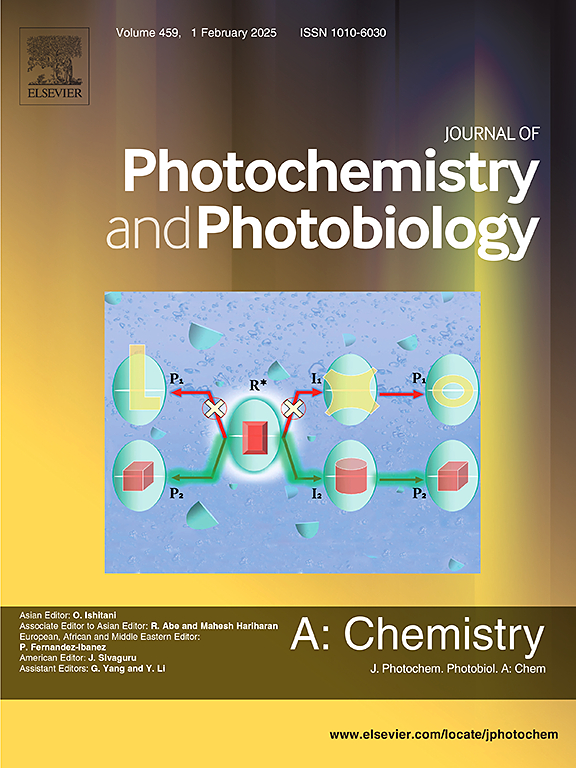Biomass guided the formation of spherical catalysts for efficient photodegradation of tetracycline hydrochloride
Abstract
Developing and evaluating advanced antibiotic degradation photocatalysts remains challenging owing to the lack of rational structural designs and molecular oxygen activation. In this study, a nanofluoral-biochar-modified bismuth vanadate (m-BiVO4) material with a specific structure was prepared via surface-assisted polymerization. The results show that the yeast-derived carbon material significantly broadened the capture range of n–p* visible light and improved the electron delocalization and carrier separation rates. Under visible light irradiation, m-BiVO4 exhibited a high photocatalytic degradation rate, and the degradation rate of 10 mg/L tetracycline (TC) reached 89.9 % within 180 min, almost three times that of the control group. An EPR test and free radical capture experiment showed that ·OH and ·O2– were the main active substances in the TC degradation process. Cyclic experiments also showed that the material had great stability and potential for reuse. The intermediate in the degradation pathway was identified using liquid chromatography-tandem mass spectrometry, the degradation pathway of TC in the composite system was predicted, and a corresponding degradation pathway was proposed. In this study, the synergistic effect of morphology adjustment and component cutting was realized using biomass templates, providing a new method for designing photocatalysts with specific structures.

 求助内容:
求助内容: 应助结果提醒方式:
应助结果提醒方式:


